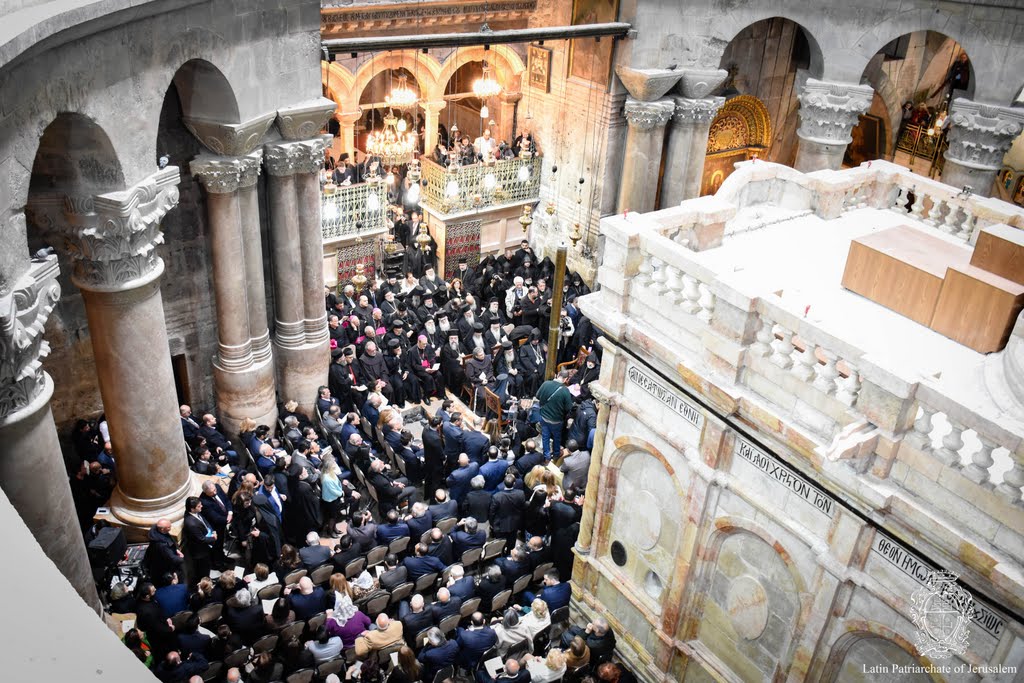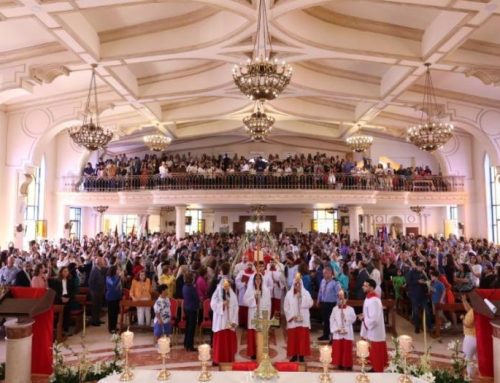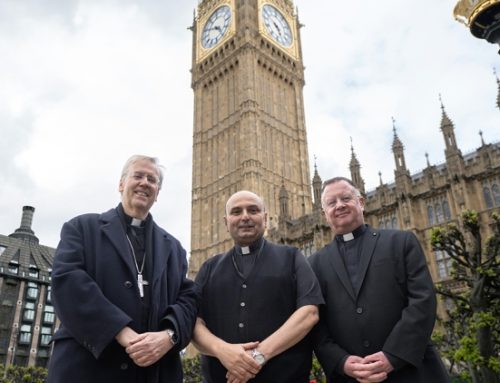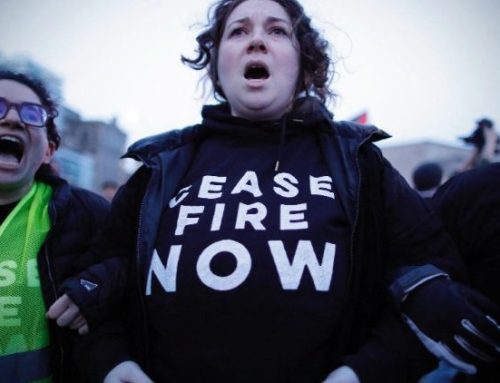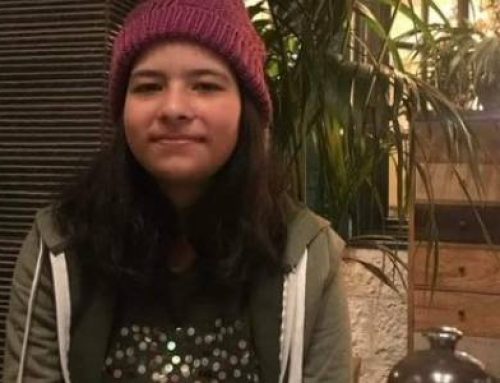HOLY SEPULCHER – On Wednesday, March 22, 2017, the Churches of Jerusalem gathered in the Basilica of the Holy Sepulcher to contemplate on the result of ten months of restoration of the edicule sheltering the Tomb of Christ in an ecumenical ceremony bearing witness to a unity that has made possible such work.
For ten months, experts, technicians and workers took turns day and night to restore with utmost precaution the edicule that protects the place of burial and resurrection of Christ located in the Basilica of the Holy Sepulcher. The edicule partially disassembled and then reconstructed and consolidated, is almost unrecognizable. And yet, only the disintegrating parts have been replaced. Exposed to lights today, its stone are in pink and pastel shades like the first glimmer of dawn. The dawn of the morning of the resurrection.
In the front row facing the edicule were the representatives of the three Churches who signed the agreement that launched the work: His Beatitude Theophilos III, Greek Orthodox Patriarch; His Beatitude Nourhan Manougian, Armenian Apostolic Patriarch; and Father Francesco Patton, ofm, Custos of the Holy Land. He was accompanied by Archbishop Pierbattista Pizzaballa, Apostolic Administrator of the Latin Patriarchate, Custos of the Holy Land from 2004 to 2016, who signed the agreement in March 2016. Also present were representatives of the other Churches of the Holy Sepulcher, Ethiopian, Syriac, and Coptic as well as other Christian denominations.
Among the guests of honor was the Ecumenical Patriarch of Constantinople Bartholomew, who last visited Jerusalem in May 2014 for a prayer of unity in this same place, in front of the Tomb of Christ, fifty years after the historic reunion of his predecessor Athénagoras with Pope Paul VI.
The ceremony was interspersed with hymns solemnly sung by the choirs of the three communities, the Greek Orthodox, the Armenians and the Franciscans, celebrated the glory of the resurrection. Speaking one after the other, the representatives of the three communities holding the Holy Place: Patriarch Theophilos, Father Patton, and Patriarch Manougian, hailed the admirable restoration carried out during these long months of work, each emphasizing the ecumenical significance of this event and thanking experts and benefactors.
“This work is a sign of hope for future generations,” said Patriarch Theophilos, thanking all those who made this project possible, especially recognizing Archbishop Pizzaballa, and an “unprecedented collaboration”. The Custos, Father Patton, spoke of “the immense joy” of contemplating this work a few weeks before “celebrating the resurrection together at Easter on the same day.” The Armenian Patriarch, expressed gratitude for “the fraternal relations of genuine love and solidarity between communities” which enabled this project to be carried through.
Archbishop Pizzaballa (full speech) was invited to speak and recalled the uniqueness of this restoration that opened “a new phase of relations between the Churches of Jerusalem”. Confident in the future, he said: “This work is not done yet, we are just at the beginning. I wish you all, your Beatitudes and your Paternity, that the Churches of Jerusalem may continue to enjoy this new attitude that exists between us, seeing to the continuation of this restoration for all the other parts of this unique Basilica. ”
After the address of Patriarch Bartholomew, under the sign of the unity brought by the resurrection, the Apostolic Nuncio Archbishop Giuseppe Lazzarotto read a message from Cardinal Leonardo Sandri, Prefect of the Congregation for the Eastern Churches.
At the end of the ceremony, His Holiness Garegin II, Catholicos of all the Armenians expressed his gratitude and thanksgiving. Then the Heads of Churches, religious and their guests proceeded to the Greek Orthodox Patriarchate for a presentation of the work by Professor Antonia Moropoulou, an engineer of the National Technical University of Athens and scientific coordinator of the restoration project.
Before an audience of experts and political figures including the Greek Prime Minister Alexis Tsipras, the professor explained the different steps and techniques used to rehabilitate the edicule sheltering the original rock in which the Tomb of Christ was dug. She emphasized the importance of continuing the restoration of “this living monument that speaks to all mankind”, indicating the various causes that could adversely affect the sustainability of the work done so far, in particular, the humidity from the subsoil that can weaken the structure of the building over the long term.
Myriam Ambroselli
Pictures: © Latin Patriarchate of Jerusalem; © Custody of the Holy Land
Source: Latin Patriarchate of Jerusalem

